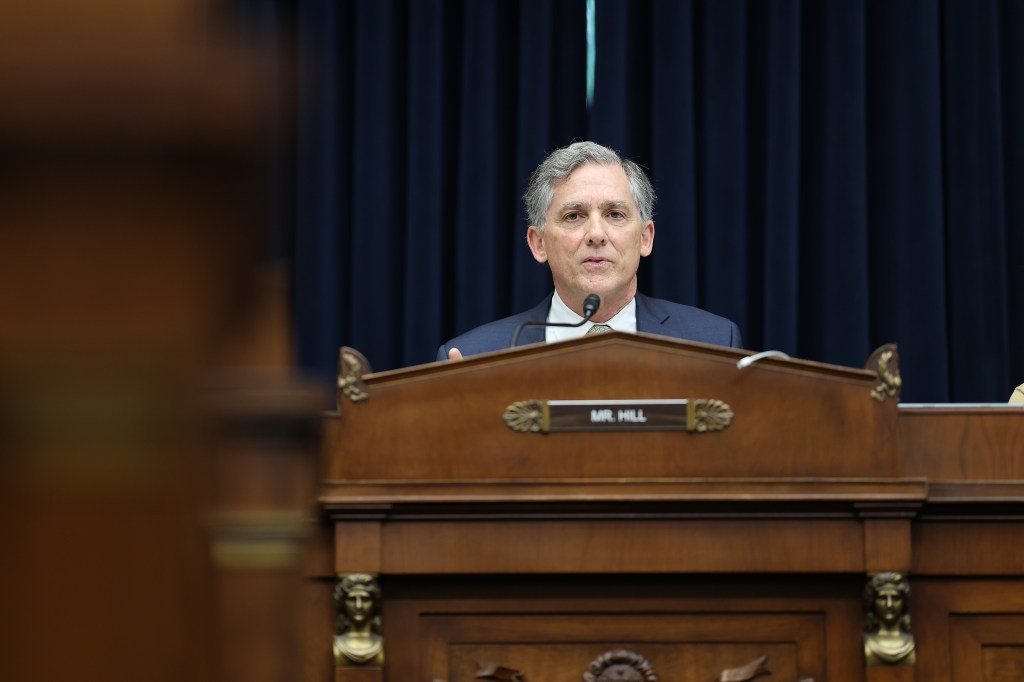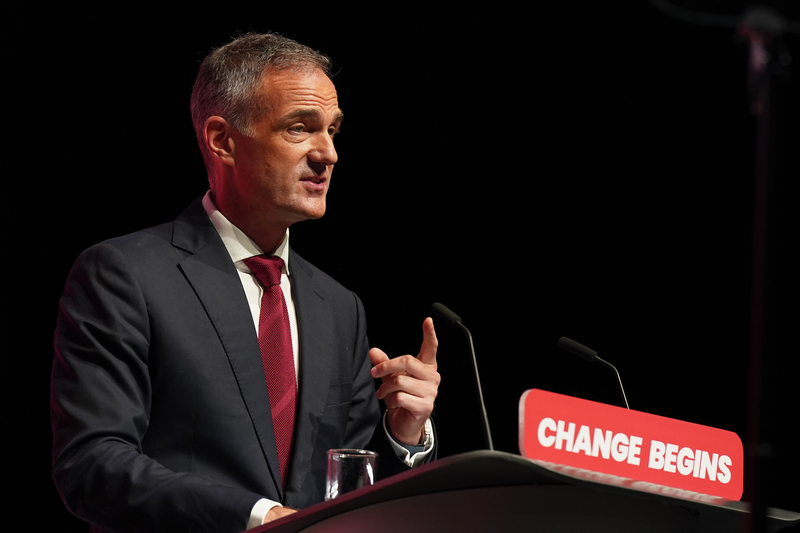Mansion House speeches by the CEOs of the PRA (Sam Woods) and FCA (Nikhil Rathi) are always important barometers of how the regulators see themselves in terms of the sector. On Monday night there was no exception although, as quite often happens, they were different in tone and content.
Sam Woods’ speech was an extensive analysis of the failures of Silicon Valley Bank (SVB) and Credit Suisse (CS), and what we can learn from them. Nikhil Rathi’s was largely about the new competitiveness and growth secondary objective and was much more general in content.
Both warrant a long article in themselves but here are a few thoughts on each in turn, focusing on potential questions left hanging and on what they tell us about the preoccupations of their respective institutions.
PRA on bank failures
One omission from the speech, and from most of the commentary around CS’s failure, is the questions raised about the effectiveness of the international college of CS regulators and about what difference if any was made by its designation as a “globally significant international financial institution” (GSIFI). CS’s problems – Archegos, Greensill etc – were not a secret but we still ended up with a last-minute sale to the only other large Swiss bank. I doubt this is what the authors of the post-crisis reforms had in mind.
I don’t know anyone who believes Penrith Building Society and HSBC – the comparison used – should be subject to the same regime. But the debate around what regulatory requirements should apply to medium-sized banks, such as Metro, is more sensitive and fraught. And there are live questions here, such as when ringfencing should kick in, and which banks should be subject to a stress test. At some point in their growth, smaller banks operating under the PRA’s prospective “strong and simple” regime will need to become subject to “big bank” requirements, so when and how does that shift occur?
Lastly, it’s good to see that serious thought is being given to the implications of SVB’s failure for the size and nature of deposit protection. The £85,000 threshold for guaranteed deposits proved unrealistic, while SVB’s focus on small and medium enterprises (SMEs) made the idea of protecting only retail deposits untenable in practice.
FCA on competitiveness and growth
One of my questions about the FCA and PRA’s new secondary objective on competitiveness and growth has always been “What would they do differently?” On the face of it, Nikhil Rathi’s speech – “Collaborate to compete: why we must all embrace a growth mindset” – is largely devoted to this subject, and the answer appears to be along the lines of “We’re doing it already”.
So, the Transformation programme, the FCA’s longstanding international role, changes being made to the Listing Regime (prompted by the Hill Review), moves towards becoming more data-driven, and (slightly daringly) the joint consultation with the PRA on new diversity and inclusion regulations are cited as the essential ingredients in meeting the new objective. I’m not a natural fan of regulators having a competitiveness objective, but if I was then I would want to see a more discernible shift than this.
The section on “risk appetite” – focused on listing (a move from prescription towards greater reliance on disclosure) and asset management, including the pension changes in the Edinburgh Reforms – deserves a little unpicking.
Regulators tend to use this phrase in the context of risks to their objectives. In this instance, as an “essential ingredient” of competitiveness and growth, it seems to be framed as implying an increase in risk to one of more of the FCA’s primary objectives (consumer protection, market integrity, and competition for the benefit of consumers) in the cause of furthering its new secondary one.
Within clear limits, this might be the right approach. The reforms themselves predate the new objective, so at some level this is a rebranding exercise. But this kind of trade-off, especially between objectives that are not meant to be of equal importance, does carry obvious jeopardy. Hopefully, the FCA will soon set out its approach in detail, including how much additional risk it is prepared to take elsewhere in the cause of competitiveness.
Choosing to focus the speech not on the FCA’s primary objectives but instead on its new secondary one is a significant call. And this is especially true given that the UK is in the middle of an extended cost-of-living crisis that, from consumer credit to mortgages to financial inclusion, is stretching the current framework of consumer protection regulation to its limit.
I’ve often written about the growing politicisation of regulation, and there is also an unmistakeable political feel to the FCA speech. So, in that vein, it would be good to know the nature of any HM Treasury involvement in the shaping of these respective speeches.
Gavin Stewart is an independent commentator on financial regulation; former regulator; novelist; ex-international rower and sports administrator. He has 27 years’ experience working for financial services’ regulators (Bank of England, FSA & FCA), holding a wide variety of roles including as a Bank of England Supervisor, FSA Head of Strategy, Planning & Performance, and FCA Chief Risk Officer.

















